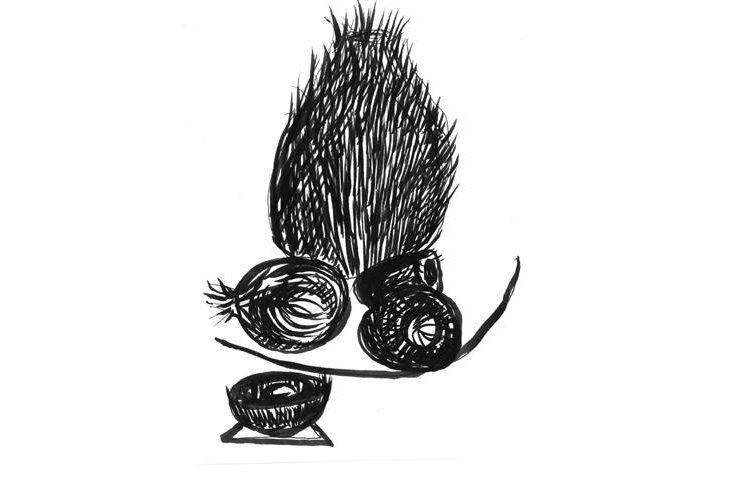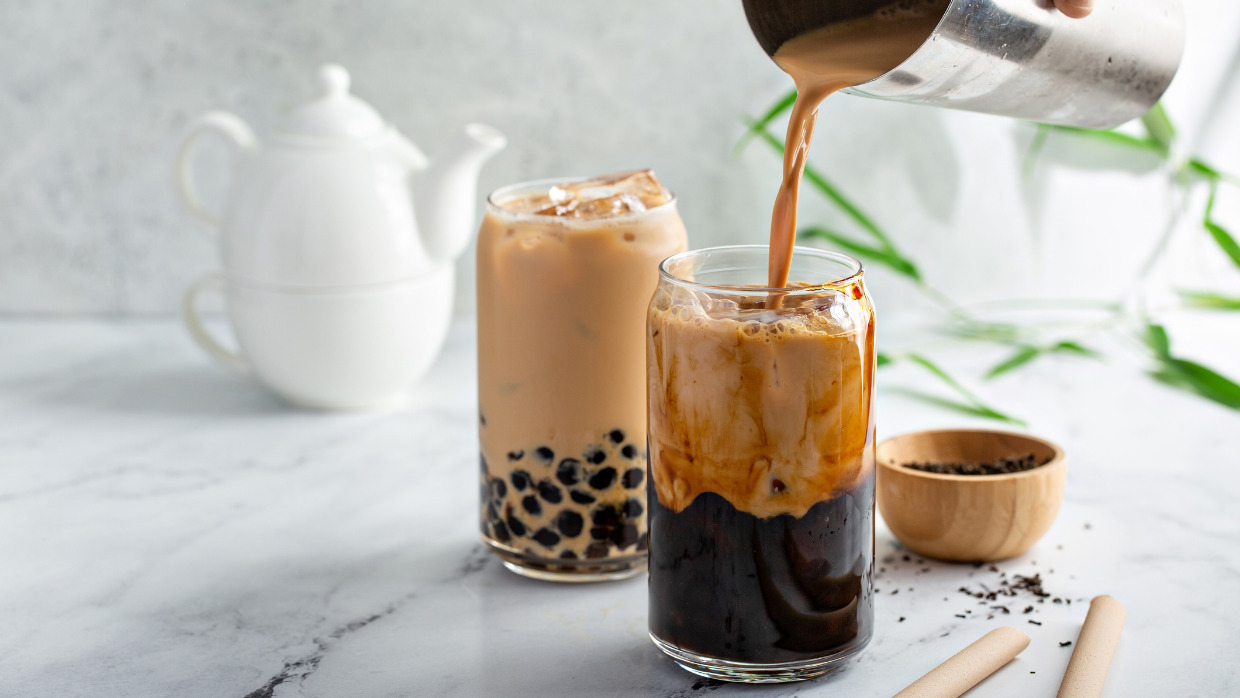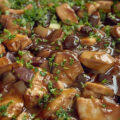Award winning author, Esther David, was partly inspired to write a book on the cuisine of Indian Jews while far away from the exotic flavors of her homeland. In fact, she was in Paris, where she had come to the launch of the French translation of her novel, Book of Rachel.
She recalls walking in Rue de Rosier (the Jewish quarter) and noting the varieties of Jewish food and bakeries. She also discovered “delicious and different” Jewish cuisine at a festive Rosh Hashanah meal which led to an “addiction” to gefilte fish, matzah ball soup and challah bread.
Then it was time for Indian Jewish dishes to take center stage at the book launch reception: “We served Bene Israel Jewish fish curry, coconut rice and black currant sherbet. All received much appreciation. Maybe, at that very moment, I started thinking about the value of Indian Jewish cuisine, which was not as well-known as western Jewish cuisine,” recalls the author, who wears a colorful salwar-kameez (traditional tunic and trousers) with a dupatta (shawl).
 Source: Pascal Monteil and Dinesh
Source: Pascal Monteil and Dinesh
The idea to preserve the heritage of Indian Jewish food in book form also crossed David’s mind as she researched her novels, which are all based on the Jewish ethos of India and often include special holiday food (and even recipes) that relate to the story-line. David discovered how fast Jewish communities were dwindling due to emigration and how traditional foods were disappearing with them.
“I realized there were few Cochin Jews in Kochi, few Baghdadi Jews in Kolkata. I was also aware that Bnei Menashe Jews of North-East India were immigrating to Israel. So, I wanted to meet them as soon as possible and document their heritage of food,” she says.
The Hadassah Brandeis Institute also realized the value of David’s project and gave her a research grant. This allowed for an in-depth study of the foods of all five Jewish Indian communities, a mammoth task that took five years to complete.
From 2017 to 2019 David made trips to all five different regions in India where there is a Jewish presence. To study the cuisine of the Bene Israel in Western India she traveled from her home in Ahmedabad, Gujarat to Mumbai and then onto Alibaug, a small community in western India. Later she went south to Andhra Pradesh to meet the Bene Ephraim community in the seaside town of Machilipatnam. To meet Cochin Jews she traveled to Kerala and then went to the Baghdadi Jews in Kolkata. The journey ended in Mizoram and Manipur, North-East India, to speak with the Bnei Menashe Jews.

David decided to title her book, Bene Appetit: The Cuisine of Indian Jews, as a reference to the names most Indian Jews are known by: Bene Israel, Bene Ephraim and Bnei Menashe. “It is also based on the French greeting Bon Appetit, so Bene Appetit sounded perfect,” the author enthuses.
Writing the book, which was published by HarperCollins in 2021, was not without its challenges. One of the major ones was language, as not all the communities speak English, Hindi or David’s native Guajarati (121 languages are spoken in India!). And although prayer is in Hebrew, few Indian Jews have learnt Modern Hebrew. Despite this, David says she was received with warmth and “experienced a family-feeling…If not, the book would not have happened.”

Just as their languages are different, Indian Jewish cuisine is not uniform. Each community is influenced by its regional traditions and their country of origin, David explains. Yet, she adds, there are many similarities when it comes to ingredients, especially coconut milk.

Kashrut is a definite unifying factor. As the majority of Indian Jews maintain Kashrut laws they discovered coconut milk as a substitute for dairy products when cooking with meat (and many are simply vegetarian). David is fascinated by their ingenuity too in creating non-dairy desserts such as the Bene Israel’s Chik-Cha Halwa, which is made with wheat extract and coconut milk that is cooked for about 7-8 hours and has a smooth, jelly-like consistency and subtle sweetness.
Other similarities are the masala box to store powdered spices which is a part of every kitchen, tea with milk, grated ginger and mint leaves and eggs and potatoes that “are always on hand to make a quick, nourishing meal at the end of Shabbat such as the lentil dish, dal khichdi.”
Kiddush wine and challah are non-existent in Indian Jewish cuisine. As Kosher wine is not available, the substitute is called sharbat and is made by soaking black currants or grapes in water. Instead of braided challah bread, Indian Jews use chapatti or bhakri (a round flatbread) sprinkled with salt for the Shabbat prayers.
At her own table, David is inspired by the memory of her grandmother cooking Jewish food on the Sabbath such as mutton in black pepper sauce and Tilkut potatoes made with powdered chilies and sesame seeds.
For a long time, the Bene Yisrael cooking tradition was adhered to, she says, but today as families became smaller they are more likely to cook popular Indian regional dishes, eat street-food and global cuisine. However, Jewish Indian families still “always prefer to make traditional food for festivals.”
David’s own family belongs to the Bene Israel Jewish Community of Ahmedabad in Gujarat, Western India (also known for being the birthplace of Mahatma Gandhi) where they have lived for five generations. Today the community numbers only around 140 Jews and Shabbat services and events such as engagements, weddings, births and Bar-Mitzvahs are celebrated at the Magen Abraham Synagogue “like one big family” as many of the community have left to live in Israel or other western countries.
David hopes the traditions will carry on. “Even if Indian Jews may not always cook Jewish traditional food, the Jewish women and men know the ingredients and recipes very well. I have seen many Indian Jews who have immigrated to Israel and other western countries make Jewish food with correct recipes, ingredients, and taste.”
As for western Jews, when they encounter Indian Jewish cuisine, she hopes they “feel a certain sense of discovery when they are invited to Jewish homes in India, that they will learn some dishes and give it their own twist.” This could just as well be an appropriate message to anyone reading Bene Appetit, her fascinating and richly detailed book.
Photographs credited to Pascal Monteil and Dinesh
Illustrations from Esther David

















